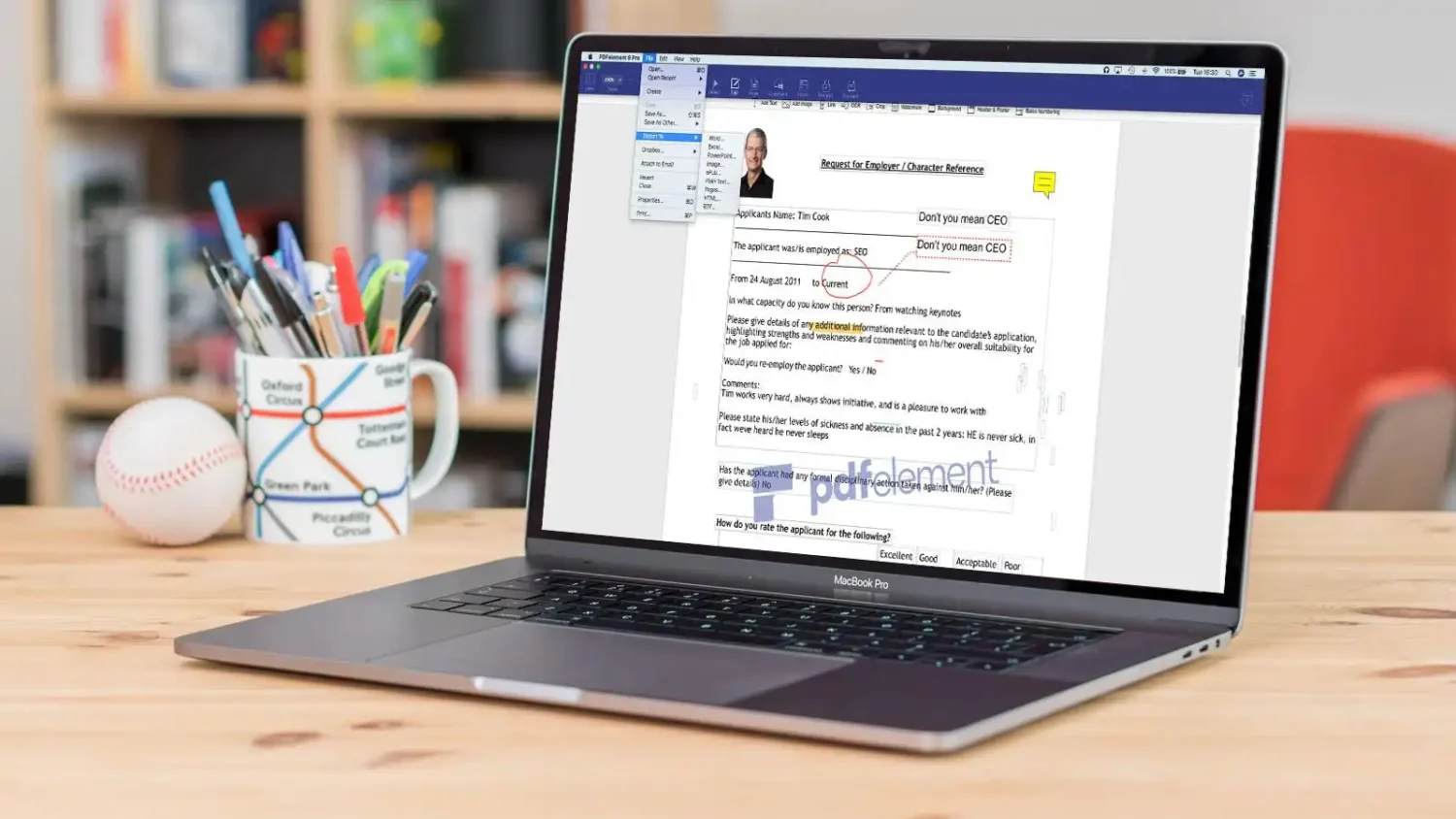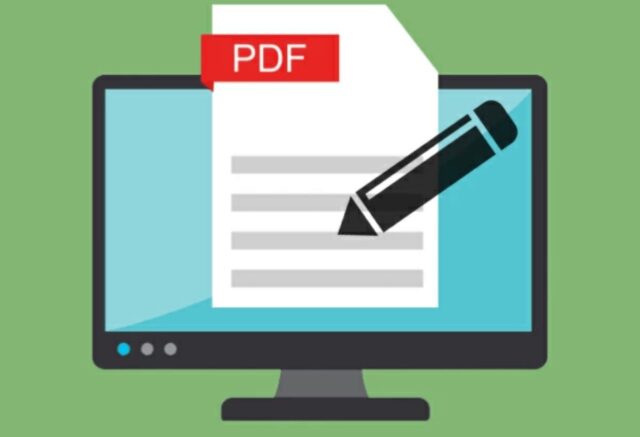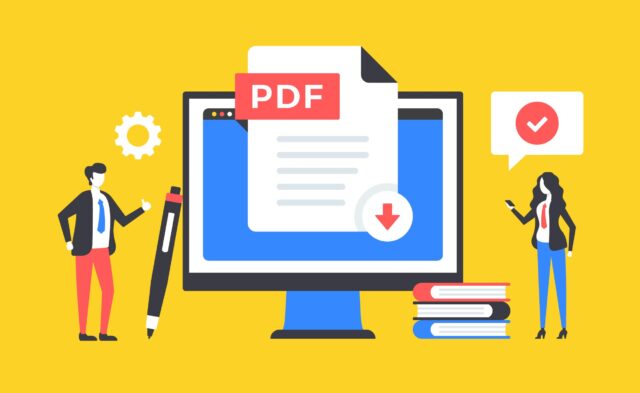
In the modern workplace, where efficiency and productivity are paramount, the role of technology cannot be overstated. One such technological advancement that has revolutionized office operations is the PDF editor. From streamlining document workflows to enhancing collaboration, PDF editors have emerged as indispensable tools for offices of all sizes.
Many offices take advantage of easy pdf editing tools to improve the efficiency and productivity of the work. Using PDF editors has multiple benefits for office managers. Some of these advantages are discussed below.
1. Seamless Document Creation and Modification

Gone are the days of manually creating documents from scratch or wrestling with unwieldy file formats. You can easily Edit pdf with Escape and other pdf editors. They enable users to add, delete, or rearrange pages, insert images, and format text seamlessly. This agility allows offices to respond swiftly to changing requirements, eliminating the time-consuming process of recreating documents from the ground up.
2. Paperless Workflow
The move towards sustainability and eco-consciousness is no longer just a trend; it’s a responsibility. PDF editors play a pivotal role in promoting a paperless office environment. By reducing the need for physical documents and printed materials, these tools not only contribute to environmental conservation but also minimize costs associated with paper, ink, and storage.
3. Enhanced Collaboration
Collaboration lies at the heart of every successful office. PDF editors facilitate this collaboration by enabling multiple users to review, edit, and comment on the same document in real-time. This real-time interaction streamlines feedback loops, reduces communication gaps, and ensures that all stakeholders are on the same page. Annotations, highlighting, and version tracking further enhance the collaborative process.
4. Data Security and Compliance

In an era marked by increasing concerns about data security and compliance, PDF editors offer robust solutions. Advanced encryption, password protection, and redaction features ensure that sensitive information remains confidential and compliant with industry regulations. Offices dealing with sensitive client data or confidential information can rest assured knowing that their documents are secure.
5. Efficient Form Management
Offices often deal with a barrage of forms, from employee onboarding documents to client agreements. PDF editors simplify form management by allowing offices to create fillable forms, enabling recipients to input information directly into the document. This eliminates the need for manual data entry, reducing errors and saving valuable time.
6. Streamlined Archiving and Retrieval
The organization of documents is a critical aspect of office management. PDF editors offer robust search and indexing capabilities, making it effortless to organize and retrieve documents when needed. This feature ensures that offices can maintain a tidy digital archive, leading to improved efficiency in day-to-day operations.
7. Optimized Mobile Workflows

Discuss how modern PDF editors facilitate efficient work on mobile devices. Explore the advantages of responsive design and touch-friendly interfaces, enabling professionals to edit, annotate, and review documents on the go. Highlight how this feature enhances productivity by eliminating the need for physical presence in the office and enables remote collaboration.
8. Customizable Templates and Branding
Customizable templates and branding are essential components of efficient document management. PDF editors offer the advantage of creating templates that align with a company’s unique branding and style. These templates streamline document creation processes, saving valuable time and ensuring a consistent professional appearance.
By incorporating company logos, color schemes, and standardized formatting, these templates reflect brand identity while expediting the generation of various documents like reports, proposals, and presentations.
This not only enhances brand recognition but also boosts productivity by eliminating the need for repetitive formatting tasks. The ability to customize templates within PDF editors empowers businesses to maintain a cohesive visual identity across their communications while focusing on content creation and collaboration.
9. Advanced Optical Character Recognition (OCR) Capabilities
Advanced Optical Character Recognition (OCR) capabilities integrated into PDF editors revolutionize data management. OCR technology transforms scanned documents and images into editable text, eliminating the need for manual data entry.
This results in accelerated information processing, improved accuracy, and significant time savings. Businesses can effortlessly extract data from invoices, receipts, and other physical documents, reducing errors and streamlining workflows.
With OCR, documents become searchable, enabling swift retrieval of specific information. This powerful feature not only enhances productivity but also minimizes tedious tasks, enhancing overall operational efficiency and enabling professionals to focus on higher-value tasks.
10. Integration with E-Signature Solutions

Integration with e-signature solutions revolutionizes document workflows. PDF editors equipped with e-signature capabilities provide a seamless and secure platform for obtaining electronic signatures and approvals. This eliminates the cumbersome process of printing, signing, and scanning physical documents, saving time and resources. The integration ensures legal compliance, as e-signatures hold the same validity as traditional signatures.
Collaboration becomes instantaneous, regardless of geographical location, enhancing business agility. The streamlined process not only accelerates transactions but also reduces environmental impact by minimizing paper usage. In essence, e-signature integration transforms the way contracts, agreements, and approvals are processed, modernizing and simplifying the business landscape.
11. Version Control and Document History
Version control and document history features within PDF editors offer a vital advantage for efficient collaboration and record-keeping. These features allow users to track changes made to documents, access previous versions, and understand the evolution of content over time. With a comprehensive document history, teams can collaborate confidently, knowing they can always revert to earlier states if needed.
This functionality not only fosters accountability but also aligns with regulatory compliance requirements. Businesses can maintain accurate audit trails, demonstrating the progression of ideas and decisions. In essence, version control and document history enhance transparency, streamline collaboration, and safeguard the integrity of shared information.
Bottom Line
In the dynamic landscape of modern offices, the benefits of PDF editors are undeniable. From streamlining document creation and modification to promoting sustainability, enhancing collaboration, ensuring data security, and simplifying form management and archiving, these tools have become essential components of a well-oiled office environment.
As businesses continue to evolve, embracing PDF editors can provide a competitive edge, allowing offices to focus on what truly matters, that is, driving productivity, fostering innovation, and achieving their goals in an efficient and streamlined manner.
If you want to learn how to use a PDF editor, read here.









